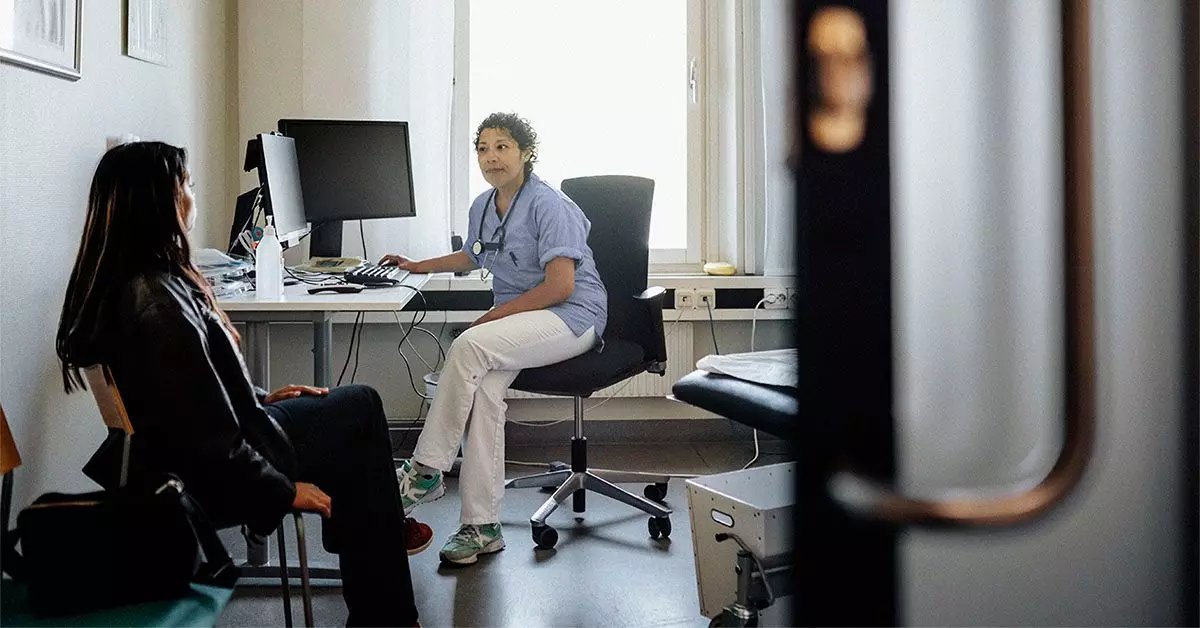Small cell lung cancer (SCLC) is recognized as a particularly aggressive form of lung cancer, yet the path to its correct diagnosis is often fraught with challenges. Misdiagnosis can occur not just due to the inherent complexities of the cancer itself, but also due to the non-specific nature of its symptoms, which frequently overlap with various other respiratory diseases. With an alarming rate of diagnostic inaccuracies reported in lung cancer cases, recognizing the potential for misdiagnosis is critical for patients navigating their health and treatment options.
One of the primary reasons for the misdiagnosis of SCLC lies in its non-specific symptoms. Patients typically present with symptoms like persistent coughing, shortness of breath, and fatigue, which could easily be attributed to a range of conditions, including chronic obstructive pulmonary disease (COPD) or even common respiratory infections. Furthermore, this overlap can lead to significant delays in appropriate treatment, as providers may not immediately suspect a malignancy.
A 2019 study highlighted that 6.8% of lung cancer diagnoses made in primary healthcare settings were incorrect, which indicates a concerning trend. Although the specific percentage for SCLC misdiagnoses is not delineated, the overall figures raise alarm bells. Radiographical diagnostics such as chest X-rays are frequently the first step in investigation, yet inaccuracies can stem from observer biases, technical errors, and even the characteristics of the tumor itself, resulting in a compounded risk of misdiagnosis.
When evaluating SCLC, it is vital to consider the conditions it can be confused with. The similarity in symptoms means that in some cases, SCLC might be mistaken for tuberculosis or pneumonia, which are conditions that can present with similar respiratory symptoms. This phenomenon could be particularly pronounced in regions where tuberculosis prevalence is higher, leading to missed diagnoses for a significant underlying malignancy.
Moreover, smoking remains a significant risk factor that complicates diagnostics. As a well-established cause of multiple lung-related ailments, a patient’s smoking history may lead clinicians to attribute respiratory symptoms to smoking-related conditions rather than considering the possibility of lung cancer.
In light of the frequent misdiagnosis of SCLC and its severe implications, seeking a second opinion becomes essential. The American Cancer Society recommends that patients consider additional evaluations in several scenarios, including uncertainties in diagnosis, communication breakdowns with healthcare providers, or when a treatment plan seems inadequate or incomplete.
Moreover, engaging with a specialist who has a specific focus on lung cancer can ensure that all potential diagnoses are explored thoroughly. This second line of defense is particularly crucial for managing a disease as aggressive as SCLC, where timeliness of intervention can dramatically influence outcomes.
When diagnosing SCLC, medical professionals employ a multifaceted approach that includes imaging scans, biopsy procedures, and cytological examinations. Unfortunately, these methods carry their own sets of challenges and potential for error. For instance, the positioning of a patient during imaging or the quality of the resultant images can impact a physician’s ability to identify cancerous changes.
Once diagnosed, SCLC poses significant treatment challenges. Though it may sometimes respond favorably to combined chemotherapy and radiation therapy, the prognosis remains concerning. Currently available survival statistics illustrate that the 5-year relative survival rates vary considerably depending on the stage at diagnosis, emphasizing the critical nature of early and accurate diagnosis.
The journey through lung cancer diagnostics can be fraught with obstacles, particularly in the case of small cell lung cancer. Its overlapping symptoms with other lung conditions heighten the risk of misdiagnosis, warranting a proactive approach from both patients and healthcare providers. Recognizing the imperative for second opinions, being informed about potential misdiagnoses, and ensuring all diagnostic avenues are explored can significantly impact the management of SCLC. Ultimately, increased awareness and education about the nature of SCLC can empower patients to seek the correct care, fostering better health outcomes in an otherwise daunting diagnostic landscape.

